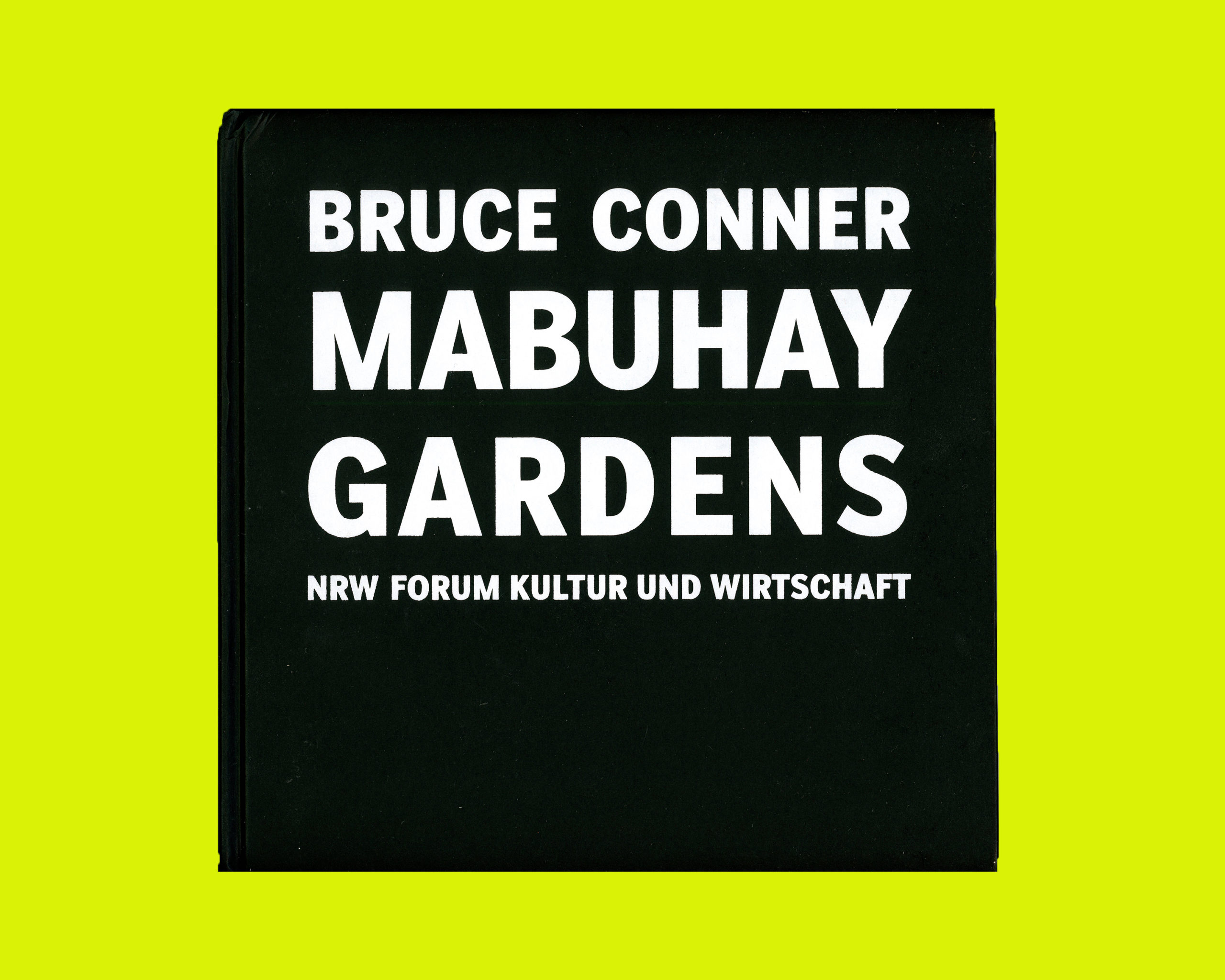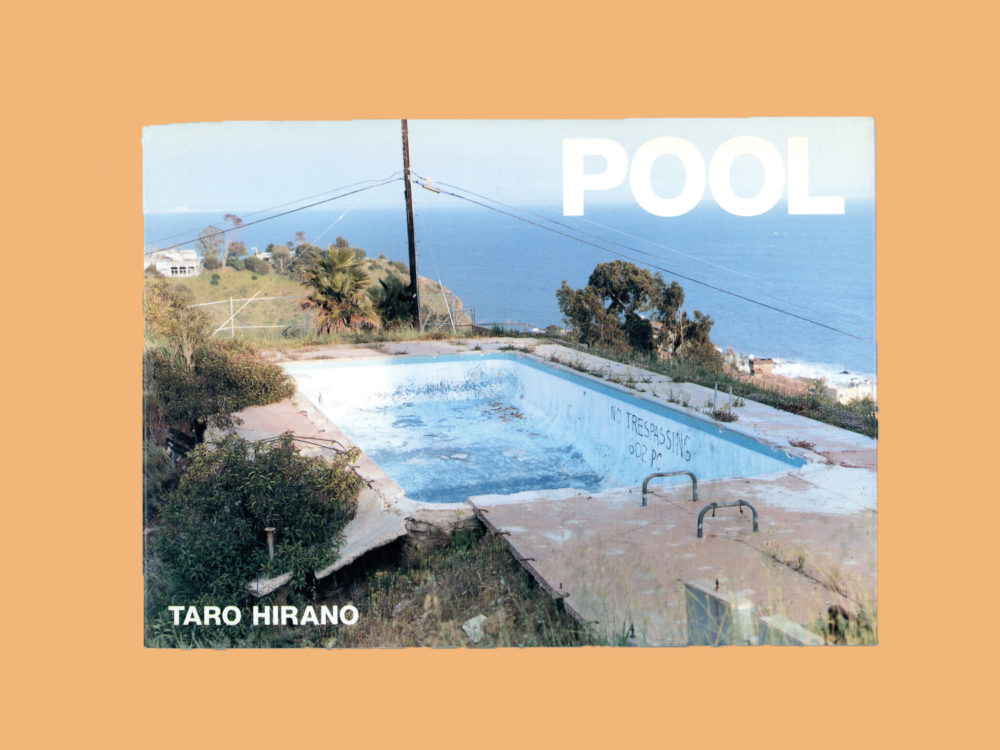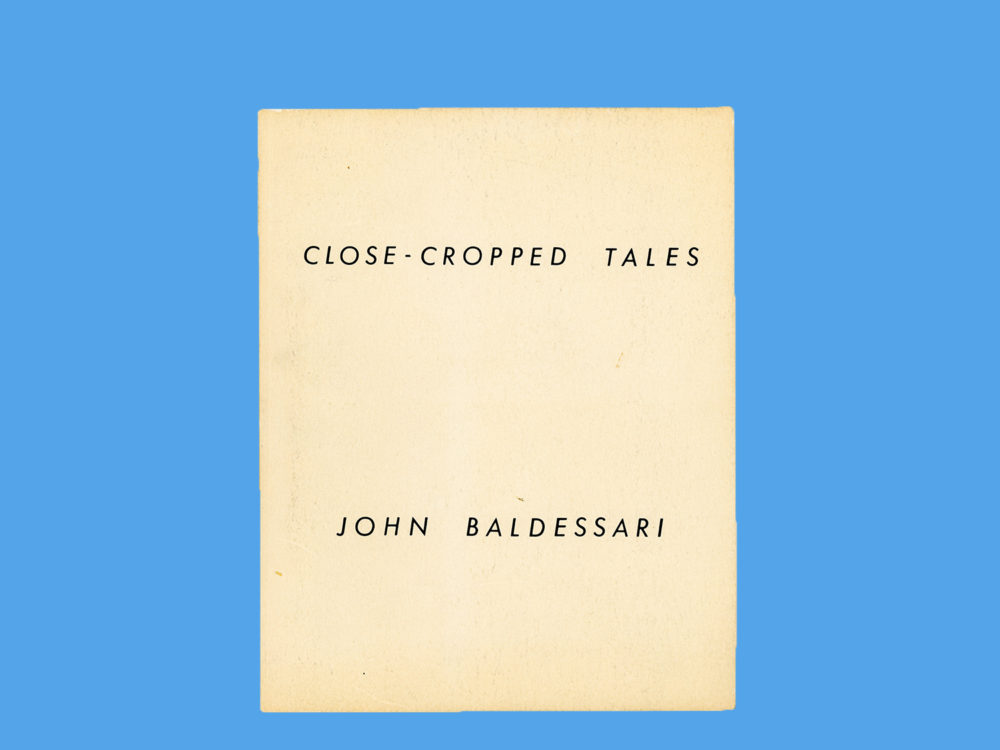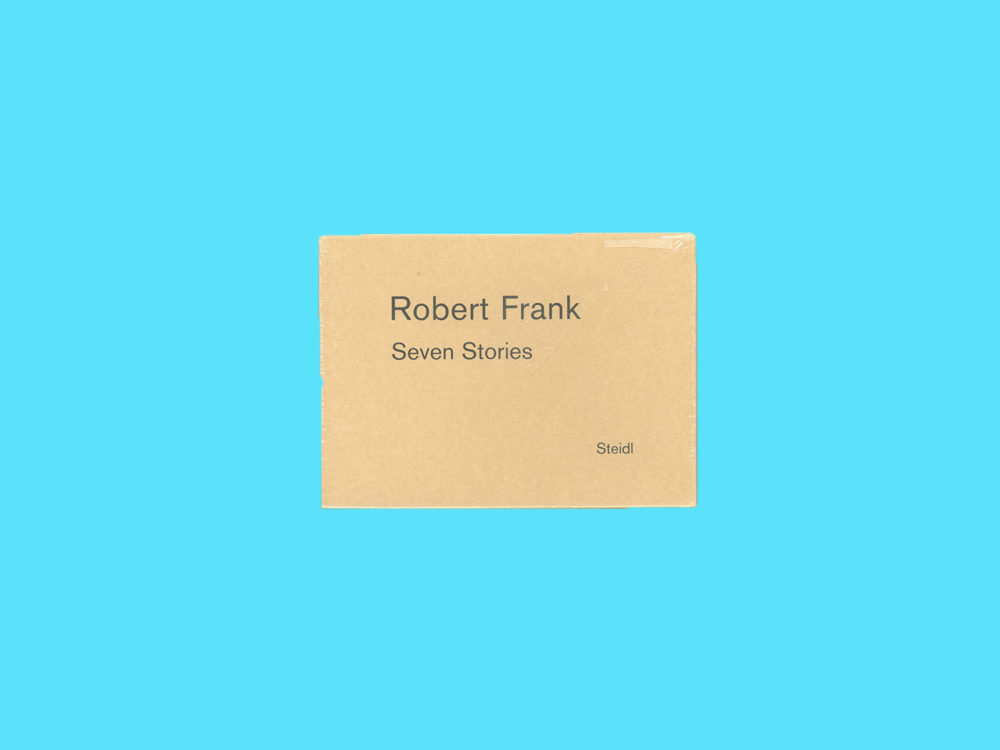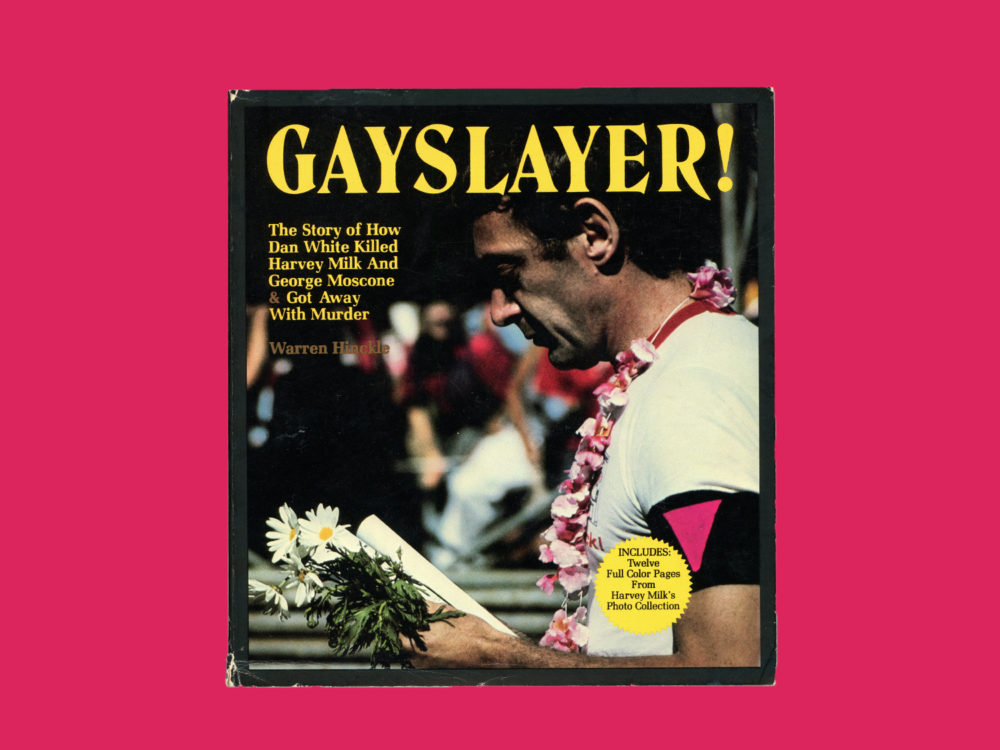Description
Bruce Conner: Mabuhay Gardens
NRW-Forum Kultur und Wirtschaft in Düsseldorf, 2006
Hardcover, bumped corner.
In San Francisco, a failing Filipino supper club, the Mabuhay Gardens, became the unlikely haven for the punk scene. The thatched booths and tiki lamps bordered a stage where angst-ridden anthems ricocheted off the dilapidated walls. Into this demimonde of three-chord chaos came artist Bruce Conner, a proto-punk provocateur who scavenged cultural waste to construct his assemblages and found-footage films. Drawn to the unvarnished kineticism of this dusky scene, Conner became a habitué of the Fab Mab, as it came to be known.
In October 1977, singer and choreographer Toni Basil invited Conner to see Devo at the Mabuhay Gardens, a North Beach nightclub where punk bands had recently begun to perform. That night he met V. Vale, a publisher who asked the artist if he would contribute to his incipient punk zine, Search & Destroy. Conner resolved to take photographs for one year: “Do a document of what happened during that period of time, what changes take place: the geography of the Mabuhay Gardens.” More participant-observer than detached documentarian, he likened his navigation of the turbulent scene to “combat photography,” reveling in its rebellious spirit. Out of this conversation came a photographic project, with Conner frequenting the Mabuhay over the next year to capture the brash spontaneity of what would be an incandescent but short-lived moment. Some of these photographs would be first published in Vale’s seminal rag. Conner approached this artistic undertaking like a combat photographer, wearing knee pads as paltry protection against the pogo pit.
The photographs on view in this exhibition possess a visceral vigor, having been shot in the midst of the melee. But it’s not this energy alone, this transposition of the boisterous bands and thrashing crowds into frozen composition, that draws us toward them. Though the style of punk-a defiant shabbiness seen in the torn T’s, leather jackets, and lawn-mower haircuts-is something to behold, it’s the dramatic “silence,” as critic Greil Marcus has described it, of an unfulfilled outcry that simmers beneath Conner’s images. And this music-whether created by the Avengers, Negative Trend, Crime, the Sleepers, UXA, or the Mutants-was an outcry, a protest against the squares who rule the everyday, against a culture that rewards careless consumption, against a government that was recklessly corrupt. Conner’s photographs capture the obligatory genre poses: Frankie Fix of Crime looking zombie-like with his flying-A guitar, or Will Shatter of Negative Trend emerging from a hazy mist caused by a smoke bomb thrown on stage. But more often, the shots are interstitial, taken when the fury has subsided and what remains is a dissipating silence, the still before the next maelstrom. In this suspended space, we sense an exhaustion not of the music but of the motivating defiance. We see the provocations and, yes, the promise that punk, that raw and unadorned music, would somehow return us to the simplicity of that original trinity, E, A, and D.
